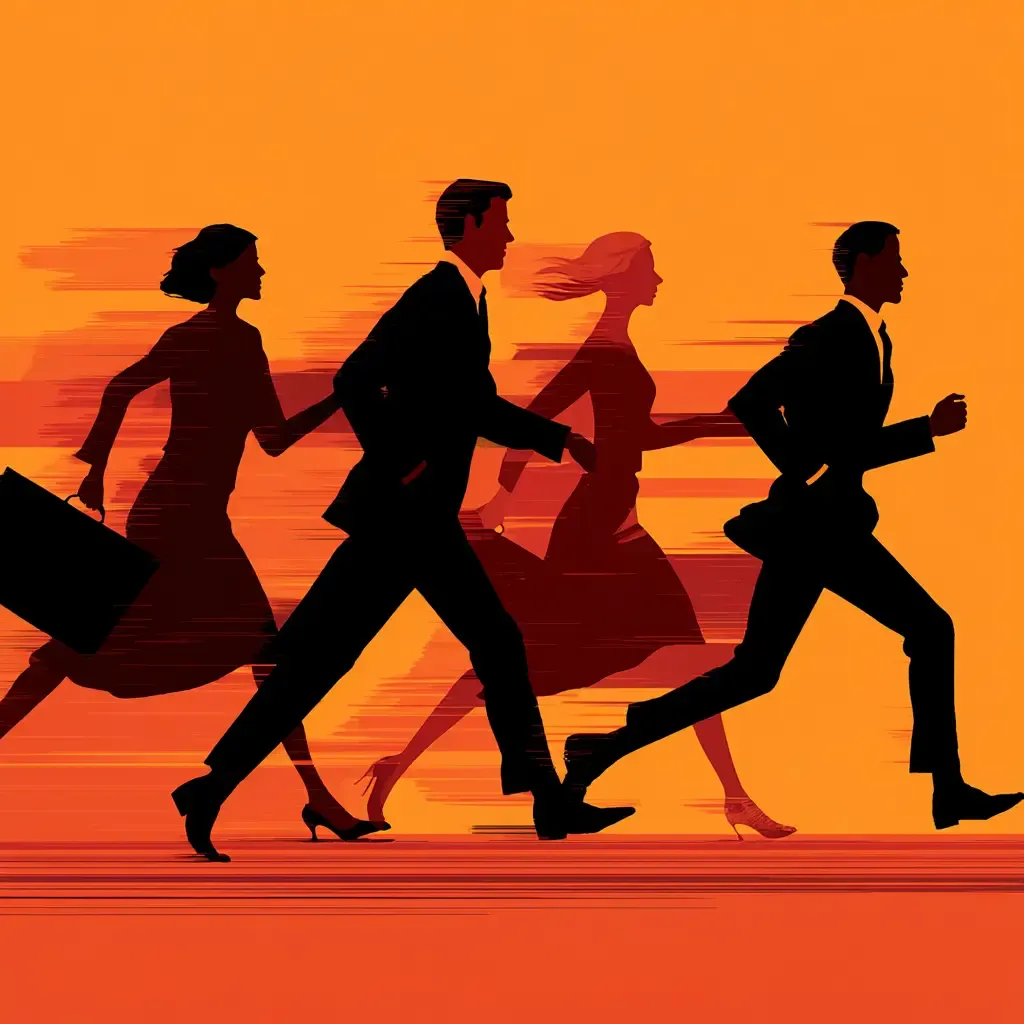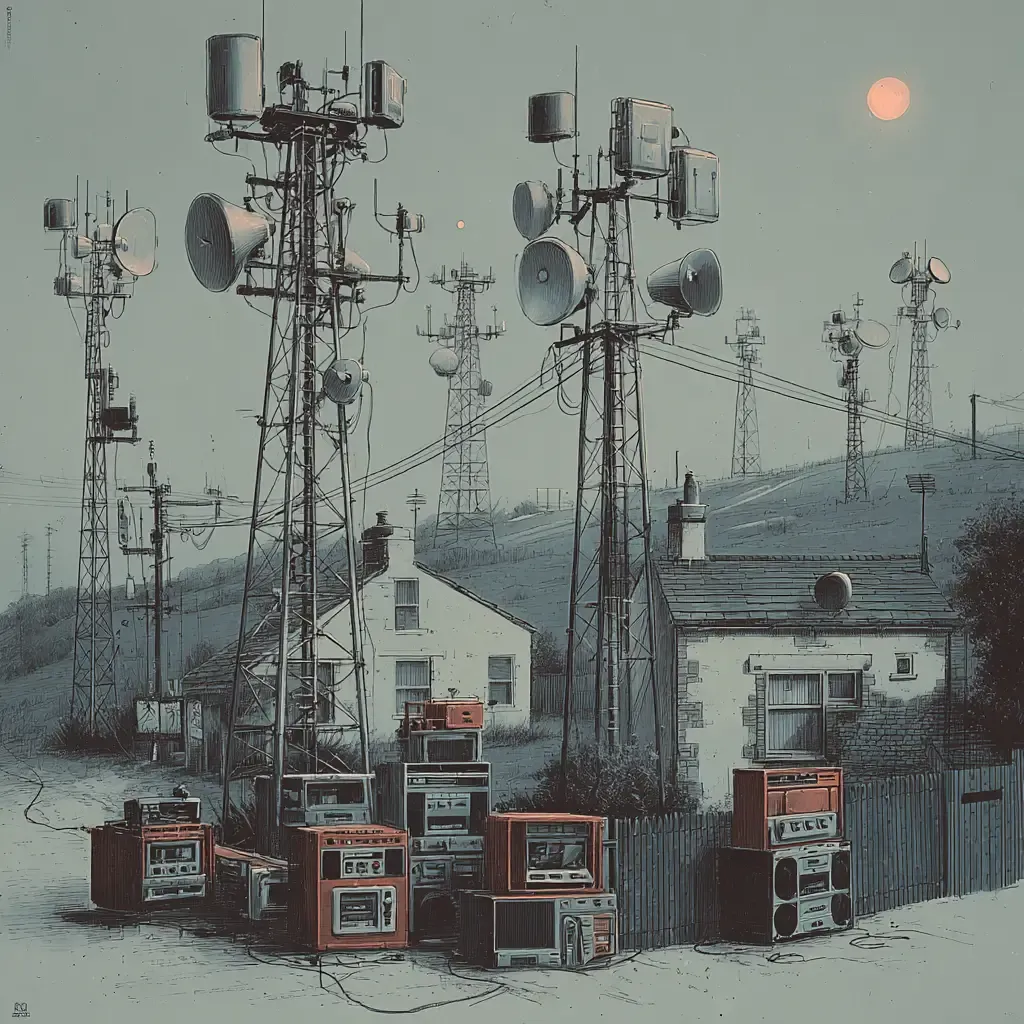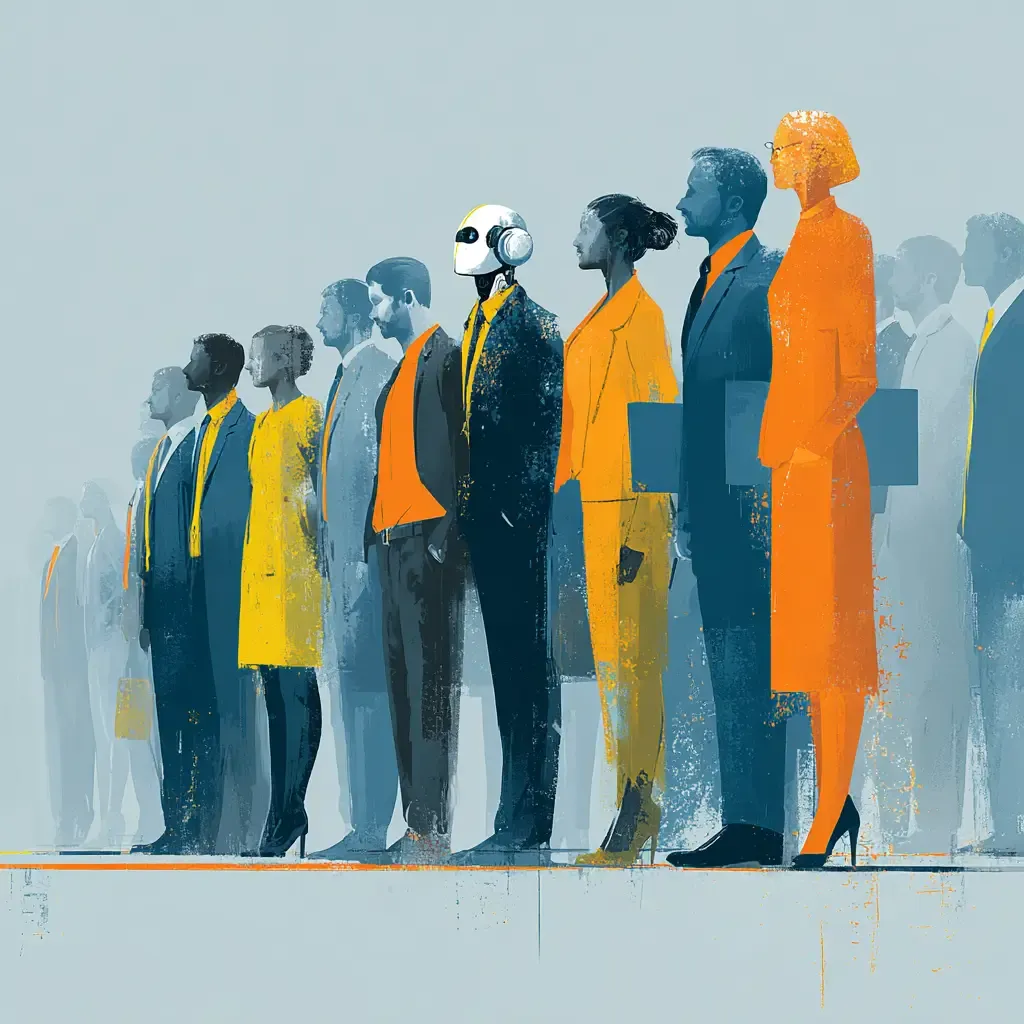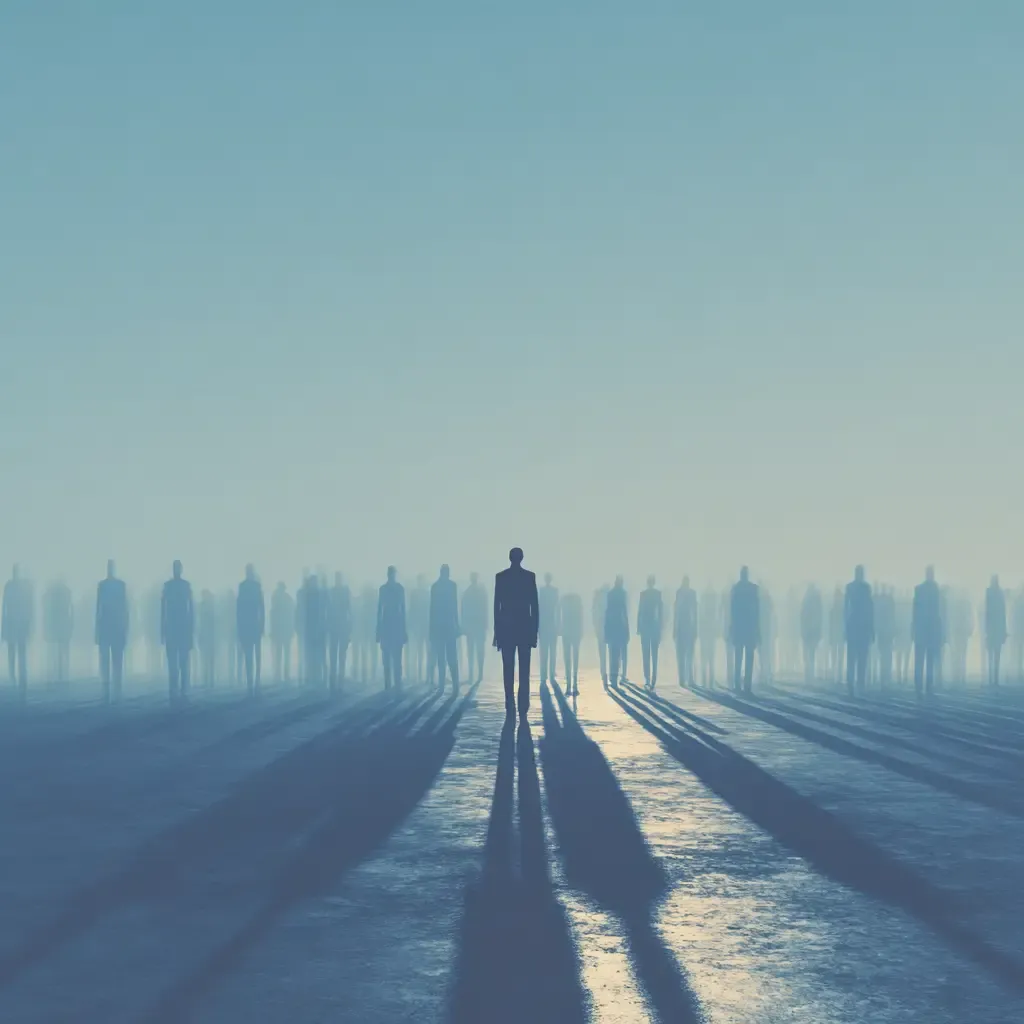Traction for One: How EOS Powers Sustainable Freelance Growth
TL;DR: EOS (the Entrepreneurial Operating System) isn’t just for companies with leadership teams and org charts. It’s a system any freelancer can use to bring clarity, consistency, and control to their work. When you treat yourself like a business—complete with Rocks, Scorecards, and a weekly L10—you stop winging it and start scaling yourself.
The Problem with Solo Hustle
Every freelancer knows the cycle: you land a big client, dive headfirst into delivery, and six weeks later realize your pipeline’s empty. You spend a few frantic days marketing, land another project, and the loop begins again.
Most of us don’t lack skill or drive—we lack structure. We help clients design processes, clarify goals, and manage change, yet run our own businesses on instinct. There’s no scoreboard, no cadence, no accountability.
That’s where EOS comes in.
The genius of Gino Wickman’s Traction isn’t that it’s revolutionary. It’s that it’s ruthlessly simple. EOS gives entrepreneurs—and yes, that includes solo practitioners—a lightweight operating system to turn chaos into traction.
The EOS Origin Story
Wickman’s insight came from coaching small businesses that were caught between hustle and bureaucracy. They were too complex to wing it, but too small for corporate frameworks like Six Sigma or OKRs.
He distilled what worked into six core components:
- Vision – Everyone (even if “everyone” is just you) must know where the business is going.
- People – Get the right people in the right seats.
- Data – Manage by numbers, not feelings.
- Issues – Create a consistent way to identify, discuss, and solve problems.
- Process – Document and follow your key business processes.
- Traction – Establish discipline and accountability through Rocks and regular meetings.
EOS was built for teams—but freelancers can use the same DNA to stabilize and grow their solo practice.
Adapting EOS for One
Vision: Create a Personal V/TO
The Vision/Traction Organizer (V/TO) is the heart of EOS. For a freelancer, it’s your personal manifesto.
On one page, capture:
- Your 10-year vision (what kind of work—and life—do you want?).
- Your 3-year picture (income, client mix, lifestyle).
- Your 1-year goals (projects, revenue, impact).
- Your quarterly Rocks—the three big things that will move you forward.
This single page keeps your hustle strategic.
People: Right Client, Right Fit
Replace “Right Person, Right Seat” with “Right Client, Right Fit.”
Not all revenue is good revenue. EOS forces you to define what an ideal client looks like—values, engagement style, payment speed—and say no to those who drain your energy.
Data: Your Scorecard
Most freelancers only check revenue at tax time. EOS pushes you to build a weekly scorecard.
Track:
- Proposals sent
- Hours billed
- Lead conversions
- Newsletter or social growth
- Cash on hand
Data gives you objectivity when your emotions swing with the feast-famine cycle.
Issues: Keep an IDS List
EOS’s Identify–Discuss–Solve (IDS) model works beautifully for solo work. Maintain a running list of your biggest business friction points—pricing confusion, missed follow-ups, tool fatigue—and schedule time weekly to solve one.
Process: Systemize the Routine
Document every recurring task: onboarding, invoicing, client updates, marketing cadence. You don’t need a giant SOP manual—a checklist in Notion, Obsidian, or ClickUp is enough.
Process turns chaos into repeatable calm.
Traction: The L10 for One
Yes, hold a meeting—with yourself.
Every Friday or Monday, spend 90 minutes running your own Level 10 meeting:
- Review your scorecard.
- Check progress on Rocks.
- Tackle the top three issues from your IDS list.
- Commit to next week’s to-dos.
You’ll feel slightly ridiculous the first few times. Stick with it. In a month, you’ll notice you’re not reacting—you’re steering.
My EOS Case Study: From Chaos to the Inc 500
When I ran my consulting firm, EOS was our backbone.
We weren’t a Silicon Valley startup—we were a scrappy, practitioner-led firm scaling faster than our systems could handle. Within a few years, we made the Inc 500/5000 list multiple times, not because of hype or hustle, but because we disciplined our growth through EOS.
- Weekly L10s kept leadership focused.
- Quarterly Rocks drove execution without burnout.
- Scorecards revealed problems early, before they became crises.
- And our V/TO aligned everyone—from new consultants to the C-suite—around a shared mission.
EOS gave us the freedom to scale without losing the soul of the practice.
When I stepped away and launched my own freelance and coaching business, I brought that same system with me—shrunk down to one person. It still worked. The same scorecard, same Rocks, same rhythm—just fewer seats at the table.
That’s the lesson: you don’t outgrow EOS. You right-size it.
Why It Works for Freelancers
EOS solves the freelancer’s paradox: how to stay nimble without being scattered.
It gives you:
- Clarity. You know what winning looks like this quarter.
- Consistency. You don’t lose momentum between projects.
- Accountability. You manage yourself with the same rigor you expect from clients.
- Confidence. You make decisions with data, not panic.
And unlike heavy corporate frameworks, EOS is written in plain language. You don’t need a consultant to translate it into action. You just need discipline.
Many freelancers confuse freedom with flexibility. But real freedom comes from structure—the kind that ensures you’re working on the right things, not just the urgent ones. EOS turns your freelance business from a roller coaster into a train track.
How to Start Small
Start with the V/TO.
Download the free template from EOS Worldwide and fill it out for yourself. Be honest about what kind of work you want more of—and what you’re done tolerating.
Set Your Rocks.
Pick three business priorities for the next 90 days. Keep them achievable. Examples: redesign your onboarding process, build your referral network, automate invoicing.
Track a Simple Scorecard.
You don’t need 15 metrics—five good ones you review weekly are plenty.
Run Your Own L10.
Block time every week for a self-meeting. Treat it like a client commitment.
Add Tools Over Time.
EOS isn’t a religion. Adapt it. Combine it with Notion templates, a CRM, or AI assistants if they help—but the cadence is the magic.
Real Talk
During our Inc 500 run, EOS wasn’t glamorous. It was unsexy discipline—scorecards on Mondays, Rocks check-ins on Fridays, quarterly offsites where we held ourselves accountable.
But that structure turned ambition into achievement.
For freelancers, EOS becomes the scaffolding for a business that supports your life instead of swallowing it. It doesn’t matter if you’re a coach, designer, or fractional exec—without an operating system, you’re just freelancing on instinct.
With EOS, you’re building an enterprise of one.
Final Thought
Most freelancers wait until they’re overwhelmed to look for systems. EOS flips that script. It’s the discipline that keeps your dream sustainable.
The magic isn’t in having a team—it’s in thinking like a team.
If you can hold yourself to the same standards you’d expect from a company, you’ll get the same result: traction.
ChangeGuild: Power to the Practitioner™
Frequently Asked Questions
Can freelancers really use EOS effectively?
Yes. EOS scales down elegantly for solo operators. The same six components that align teams—Vision, People, Data, Issues, Process, and Traction—help freelancers create clarity, structure, and accountability in a one-person business.
What’s the first EOS tool I should use as a freelancer?
Start with the Vision/Traction Organizer (V/TO). It’s a one-page strategic plan that clarifies where you’re going, how you’ll get there, and what to focus on in the next 90 days. It prevents you from chasing shiny objects.
How is EOS different from a productivity system like GTD or PARA?
Productivity systems help you do more things.
EOS helps you do the right things, in the right order, with measurable accountability.
It’s less about task lists, more about operational discipline.
What are “Rocks,” and why do they matter for freelancers?
Rocks are your quarterly priorities—the 3–5 big goals that move your business forward. For freelancers, Rocks might include: establishing a referral system, redesigning onboarding, launching a website, or automating proposals.
How does EOS improve my client work?
Once you use EOS for yourself, you can run it with clients. The same tools—V/TO, Scorecards, Rocks, IDS—help them clarify direction, manage priorities, and get unstuck. This elevates you from “contract labor” to trusted strategic partner.
Do I really need to run a weekly meeting with myself?
Yes—and it’s a game changer. A 60–90 minute weekly L10 helps you review your scorecard, track your Rocks, solve issues, and plan your week intentionally. It’s where you stop reacting and start steering.
Should I buy the book Traction, and do I need both a physical and digital copy?
Yes, it’s worth owning. The physical copy is ideal for marking up, tabbing, and referencing your V/TO and Rocks during your weekly L10. The digital version is great for quick lookups when you're on the move. If you choose to purchase using my Amazon link, I receive a small affiliate commission—at no additional cost to you. It’s a simple way to support my work while you support your own.








